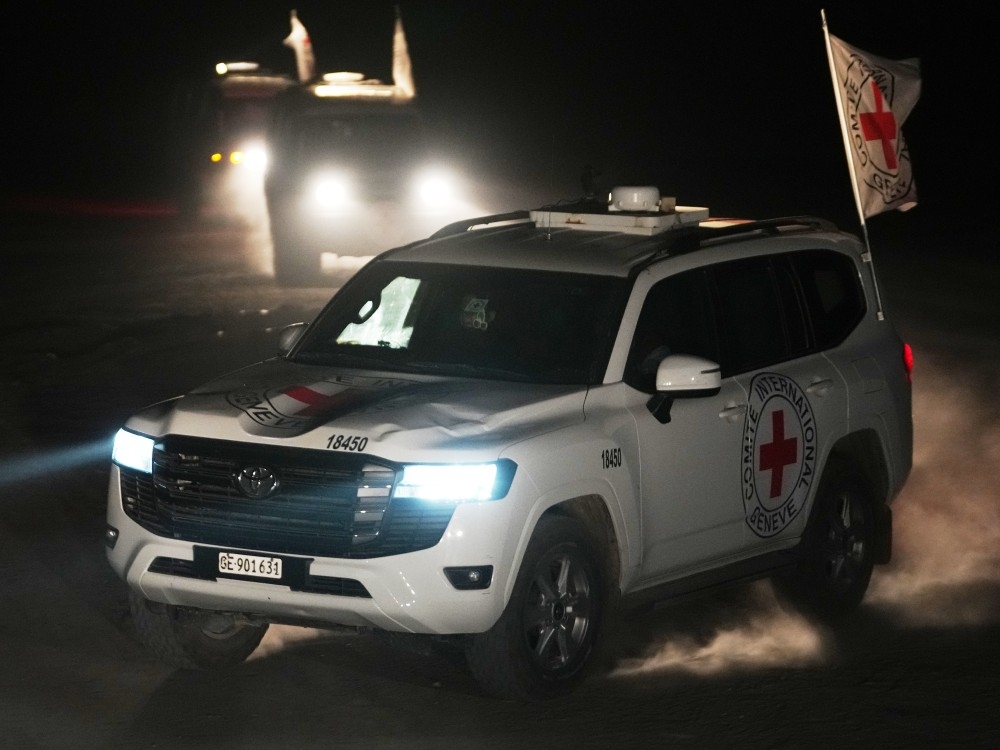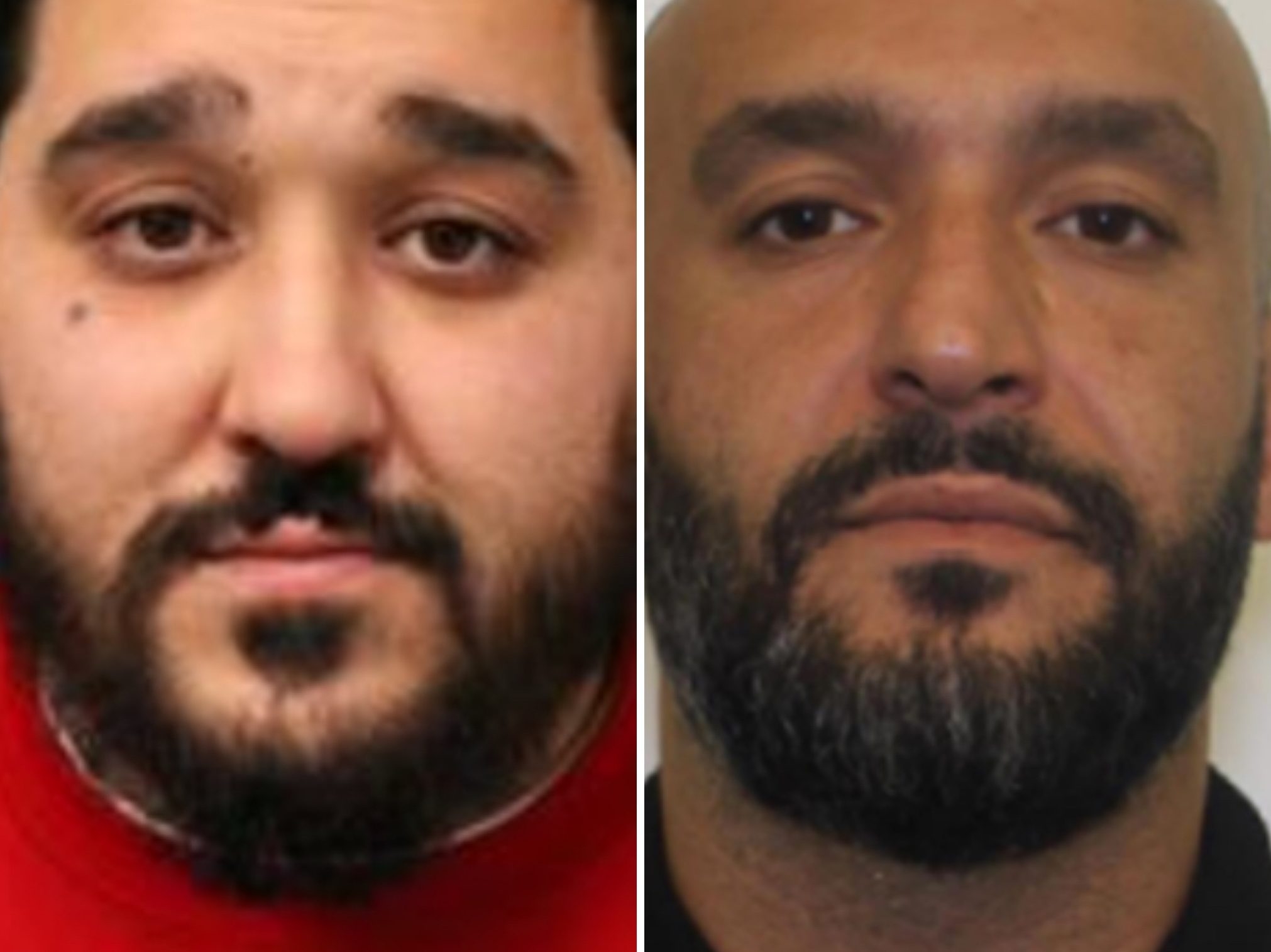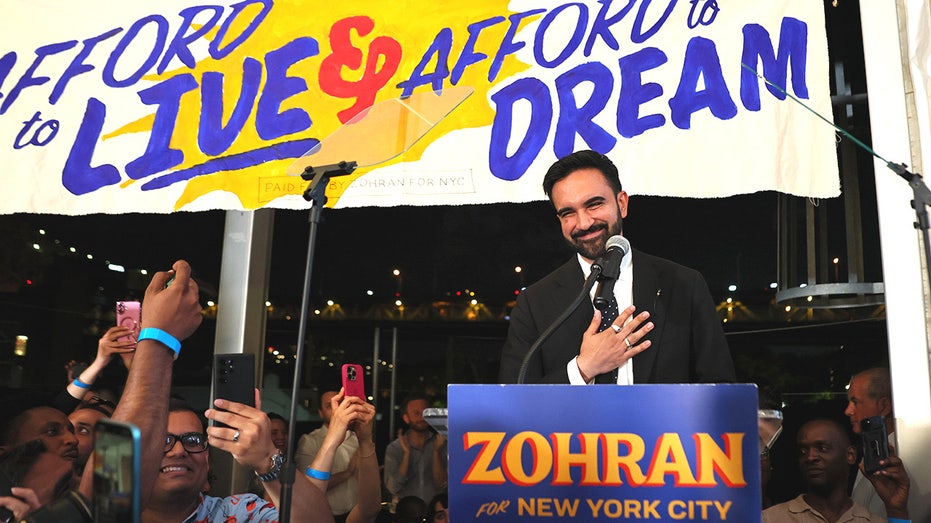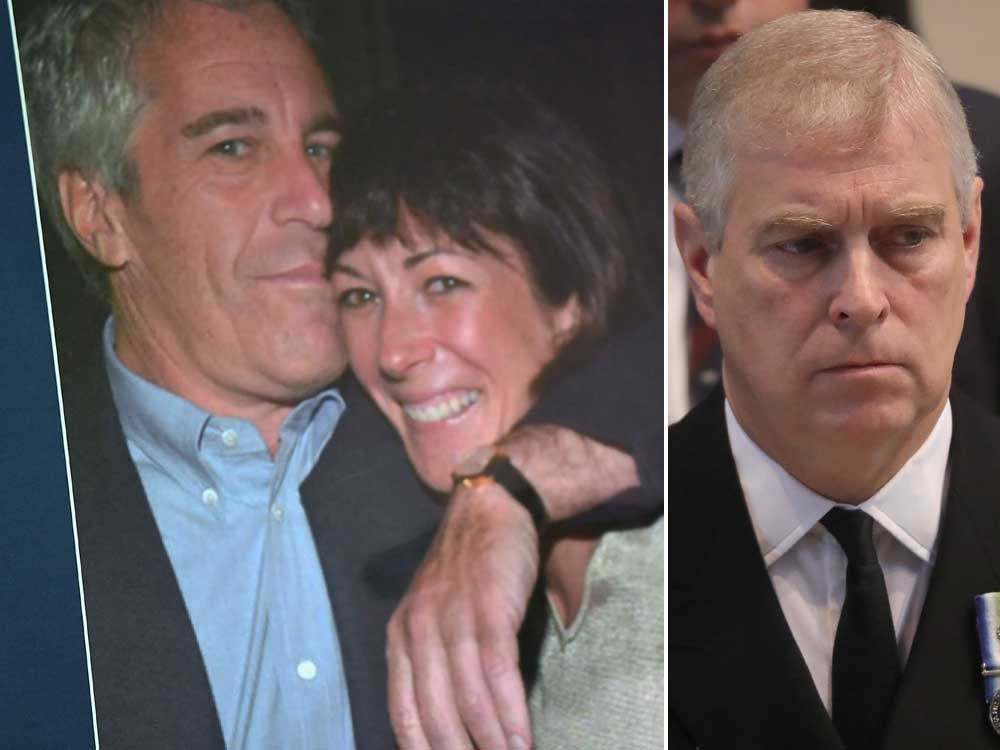A somber handover occurred Sunday, as Israel announced the return of the remains of three hostages from Gaza. Forensic experts are now meticulously working to identify them, a process fraught with emotion and the weight of unanswered questions.
Hamas reported discovering the remains within a tunnel in southern Gaza, adding another layer of complexity to an already agonizing situation. This brings the total number of hostage remains returned since the ceasefire began on October 10th to seventeen, though eleven still remain within Gaza’s borders.
The releases have been incremental, one or two bodies returned every few days, a pace Israel has urged be accelerated. In some instances, remains have been returned that were not identified as belonging to any known hostage, highlighting the chaotic and devastating circumstances surrounding these recoveries.

Families of the missing and deceased continue to gather, their hopes and grief intertwined. At a recent rally in Jerusalem, Moran Harari, a friend of a lost hostage, pleaded for restraint, acknowledging the immense loss of life on both sides of this brutal conflict.
The exchange isn’t one-sided. Israel has released the remains of fifteen Palestinians in exchange for the return of Israeli hostage remains. However, identifying these Palestinian remains has proven incredibly difficult, hampered by a lack of essential resources like DNA kits.
Gaza’s Health Ministry has managed to identify only seventy-five of the two hundred and twenty-five Palestinian bodies returned since the ceasefire, relying on photographs and the desperate hope that families will recognize their loved ones. The circumstances of their deaths remain unclear – were they killed during the initial Hamas attack, died in Israeli custody, or perished during the ongoing war?
This exchange of remains has been central to the initial phase of the U.S.-brokered ceasefire, a fragile attempt to stem the tide of violence. The broader plan encompasses a 20-point framework, including the potential formation of an international stabilization force to secure Gaza’s borders.
Several nations have expressed interest in contributing to a peacekeeping force, but all are awaiting a clear mandate from the U.N. Security Council before committing troops. The path forward remains uncertain, filled with complex questions regarding Hamas’ disarmament and the future governance of Gaza.
Prime Minister Netanyahu stated Sunday that pockets of Hamas resistance remain in areas under Israeli control, specifically in Rafah and Khan Younis, vowing their elimination. This declaration underscores the continued military objectives despite the ceasefire.
The current conflict erupted following the Hamas-led attack on October 7, 2023, which claimed the lives of approximately 1,200 people and resulted in the abduction of 251 hostages. The ensuing Israeli military offensive has resulted in over 68,600 Palestinian deaths in Gaza, according to the Health Ministry.
While Israel disputes the figures provided by the Gaza Health Ministry, independent experts generally consider their records to be reliable, despite the ministry being part of the Hamas-run government. The scale of the devastation is undeniable, leaving a lasting scar on both Israelis and Palestinians.





